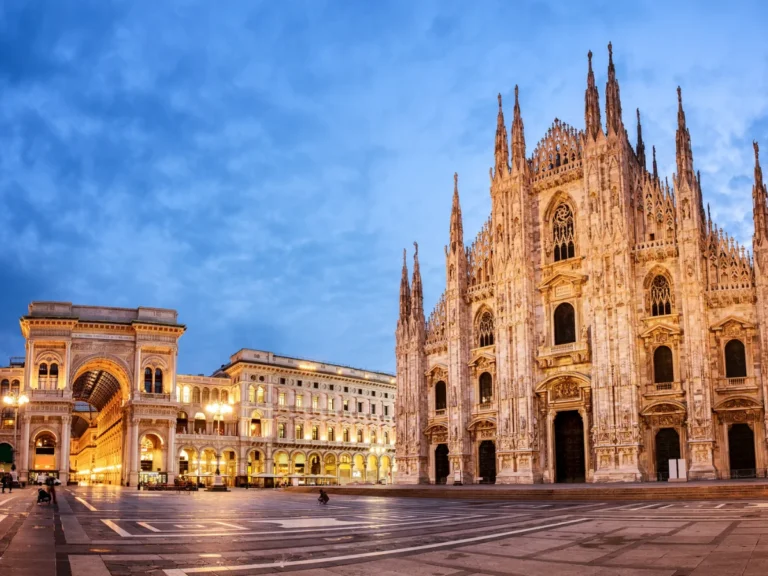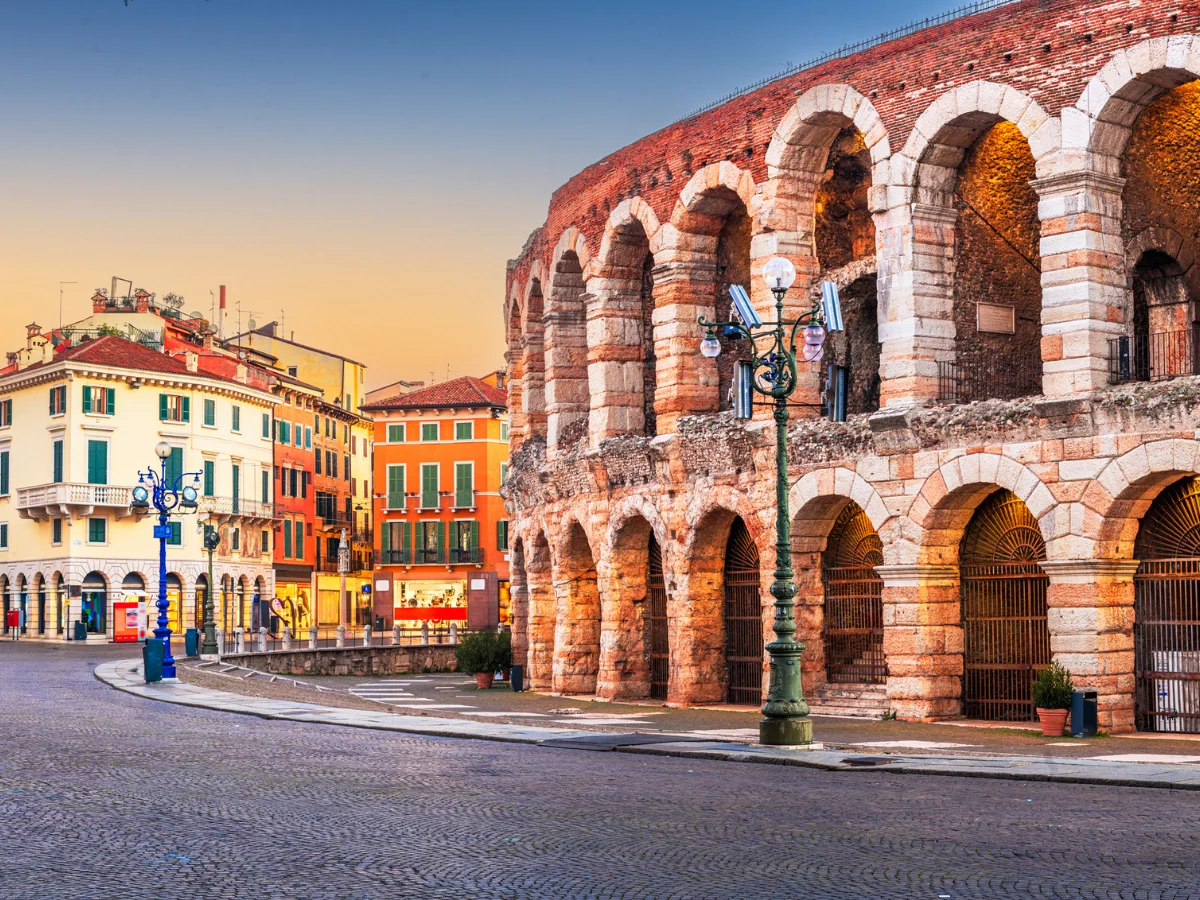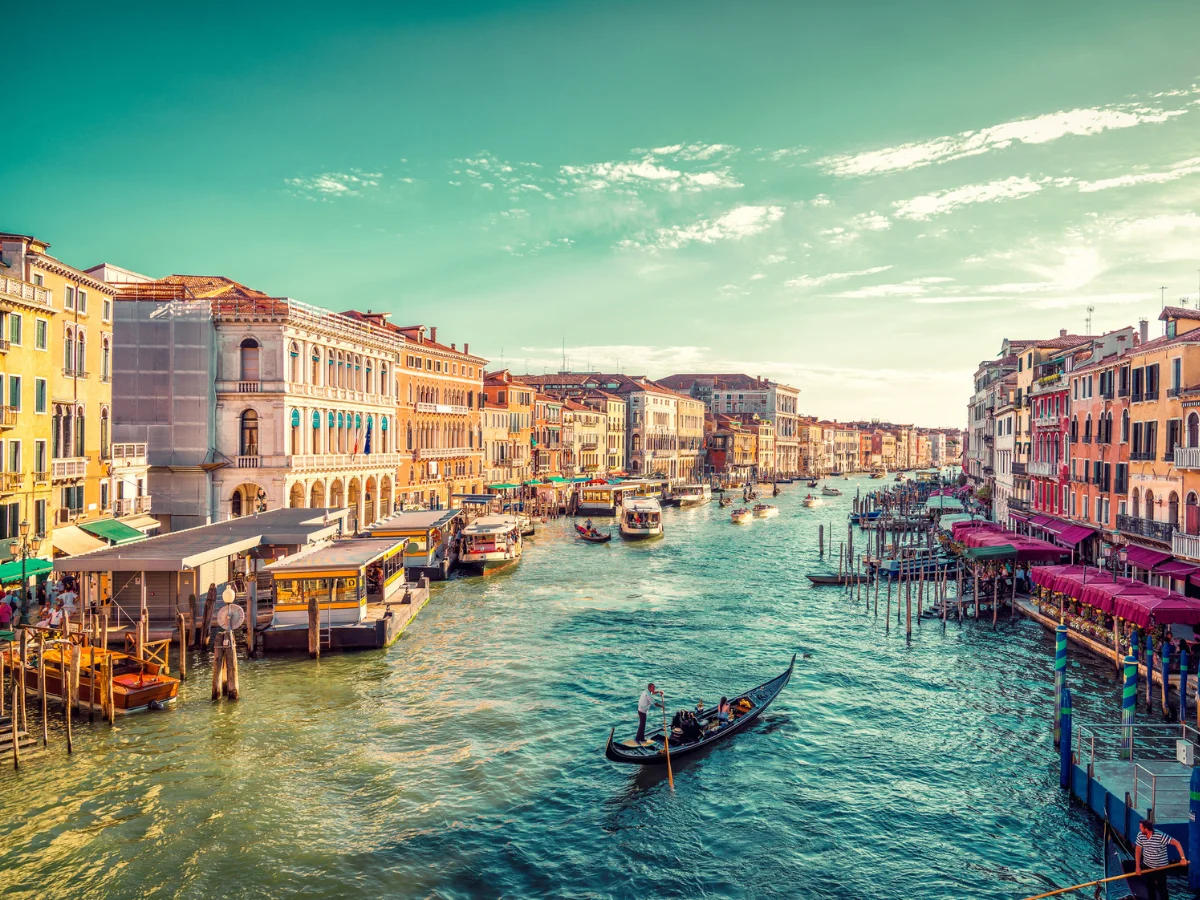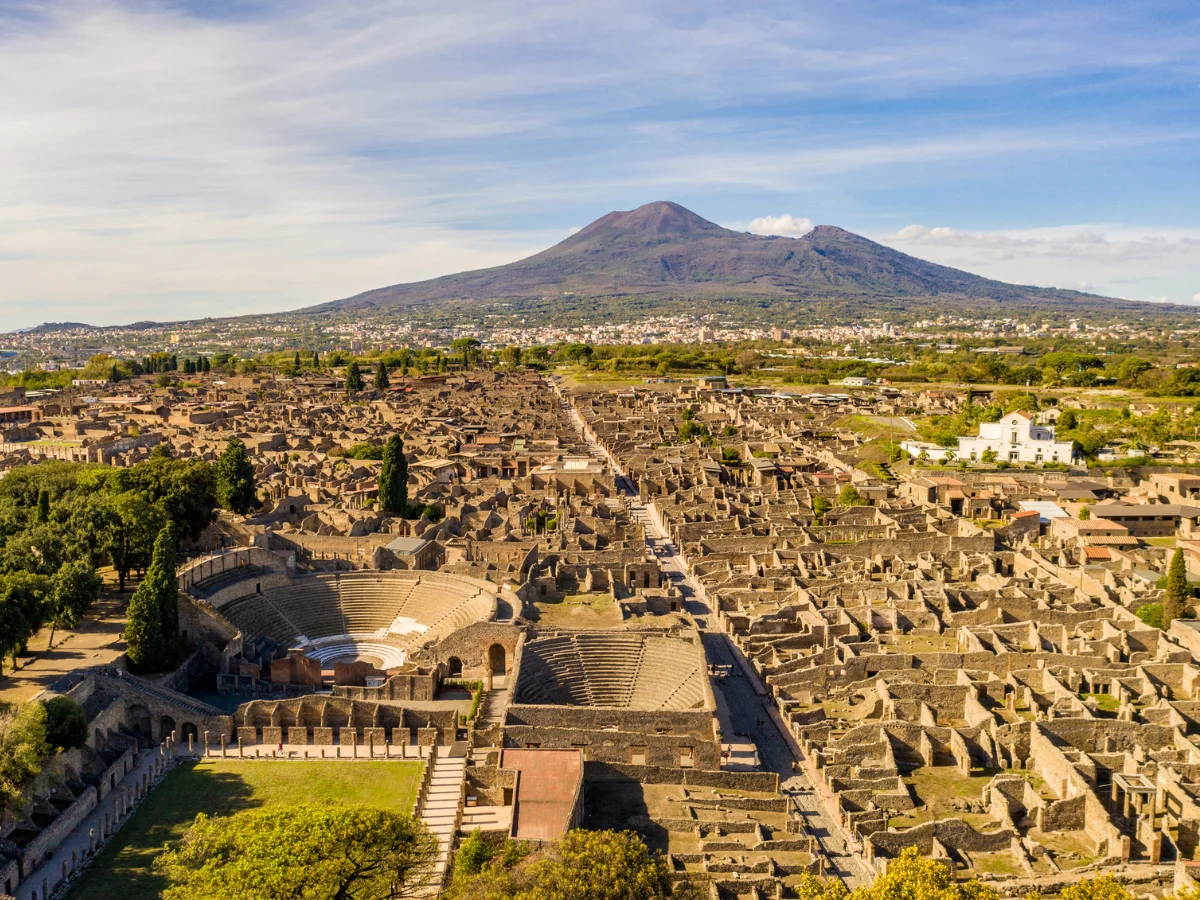The history of Roman emperors
The history of Roman emperors spans from the rise of imperial ambition under Julius Caesar to the decline and fall of the late Roman Empire. From the establishment of the Principate by Augustus to the architectural legacy of Hadrian, each emperor left a distinct mark on Rome’s trajectory. Despite the authoritarianism of rulers like Domitian and the decadence of figures like Commodus and Elagabalus, the empire saw periods of stability, expansion, and cultural flourishing. Emperor Constantine’s embrace of Christianity marked a significant turning point, shaping the future of Western civilization. Roman emperors, with their diverse legacies, remain pivotal figures in world history.

The history of Roman emperors
Emperors in Ancient Rome: A Fascinating Journey through Imperial Rule
Julius Caesar: The Rise of Imperial Ambition
Julius Caesar, a military genius and statesman, laid the groundwork for the Roman Empire. His conquests and political maneuvers led to the downfall of the Roman Republic and the rise of imperial rule.
Augustus: Founding the Principate
Augustus, formerly known as Octavian, emerged victorious in the power struggle after Caesar’s assassination. He became the first Roman emperor, establishing the Principate and ushering in a period of relative peace and stability known as the Pax Romana.
Tiberius: Succession and Stability
Tiberius, the stepson of Augustus, succeeded him as emperor. His reign was marked by a focus on maintaining the status quo and ensuring stability within the empire, albeit with a more reclusive and distrustful approach.
Caligula: The Tyrant of Rome
Caligula with linage traced back to Augustus, known for his erratic behavior and megalomaniacal tendencies, ruled with tyranny and extravagance. His reign was characterized by cruelty, excess, and a god-like self-image that ultimately led to his assassination.
Claudius: The Unexpected Ruler
Claudius, often underestimated due to physical disabilities, surprised many with his capable governance. He initiated administrative reforms, expanded Roman territory, and oversaw ambitious building projects, leaving a lasting impact on the empire.
Nero: The Last of the Julio-Claudian Dynasty
Nero, infamous for his extravagance and cruelty, ruled during a turbulent period marked by political intrigue and rebellion. His reign ended in chaos and civil war, culminating in his suicide and the end of the Julio-Claudian dynasty.
Galba: A Brief Reign in Turbulent Times
Galba, ascending to power after Nero’s demise, faced significant challenges during his short-lived reign. His attempts at reform were overshadowed by political unrest and military discontent, leading to his assassination and the start of the Year of the Four Emperors.
Vespasian: Restoring Order and Prosperity
Vespasian, a skilled military commander, restored stability to the empire after the chaos of the Year of the Four Emperors. He initiated fiscal reforms, oversaw ambitious building projects, and expanded Roman territory through successful military campaigns.
Titus: The Beloved Ruler
Titus, the eldest son of Vespasian, was beloved by the Roman people for his compassion and generosity. Despite a short reign, he oversaw relief efforts after the eruption of Mount Vesuvius and celebrated the grand opening of the Colosseum.
Domitian: The Authoritarian Ruler
Domitian, the younger brother of Titus, ruled with authoritarianism and repression. His centralized control and persecution of perceived enemies led to unrest and opposition within the empire, ultimately resulting in his assassination.
Commodus: The Decline of the Imperial Office
Commodus, indulging in extravagance and neglecting governance, marked the decline of the imperial office. His reign was marred by scandal and instability, reflecting the weakening grip of imperial authority in the late Roman Empire.
Elagabalus: Scandal and Decadence
Elagabalus, infamous for scandal and decadence, introduced the worship of the Syrian god Elagabalus to Rome. His reign was marked by chaos, extravagance, and gender fluidity, culminating in his assassination and the end of his rule.
Marcus Aurelius: The Philosopher Emperor
Marcus Aurelius, a philosopher king, ruled during a period of military challenges and philosophical introspection. His “Meditations” reflect Stoic beliefs and provide insight into his reign marked by wars against Germanic tribes and the Parthian Empire.
Trajan: Expansion and Prosperity
Trajan, presiding over a period of expansion and prosperity, launched successful military campaigns and oversaw ambitious building projects. His reign saw the annexation of Dacia and the construction of iconic landmarks like Trajan’s Column.
Hadrian: Architect of the Empire
Hadrian, an avid traveler and builder, left a lasting architectural legacy across the Roman provinces. His Villa at Tivoli and the Pantheon in Rome are enduring symbols of his commitment to urban planning and cultural patronage.
Emperor Constantine: Unification and Christianity
Emperor Constantine, known for his role in the unification of the Roman Empire and the adoption of Christianity, issued the Edict of Milan granting religious tolerance to Christians. He founded Constantinople as the new capital, marking a significant shift in imperial history.
Conclusion: The Ever-evolving Tapestry of Roman Emperors
The emperors of ancient Rome, with their diverse personalities and leadership styles, shaped the destiny of the empire in profound ways. From the rise of imperial ambition under Julius Caesar to the decline and fall of the late Roman Empire, each ruler left a unique mark on history, reflecting the complexity and dynam



